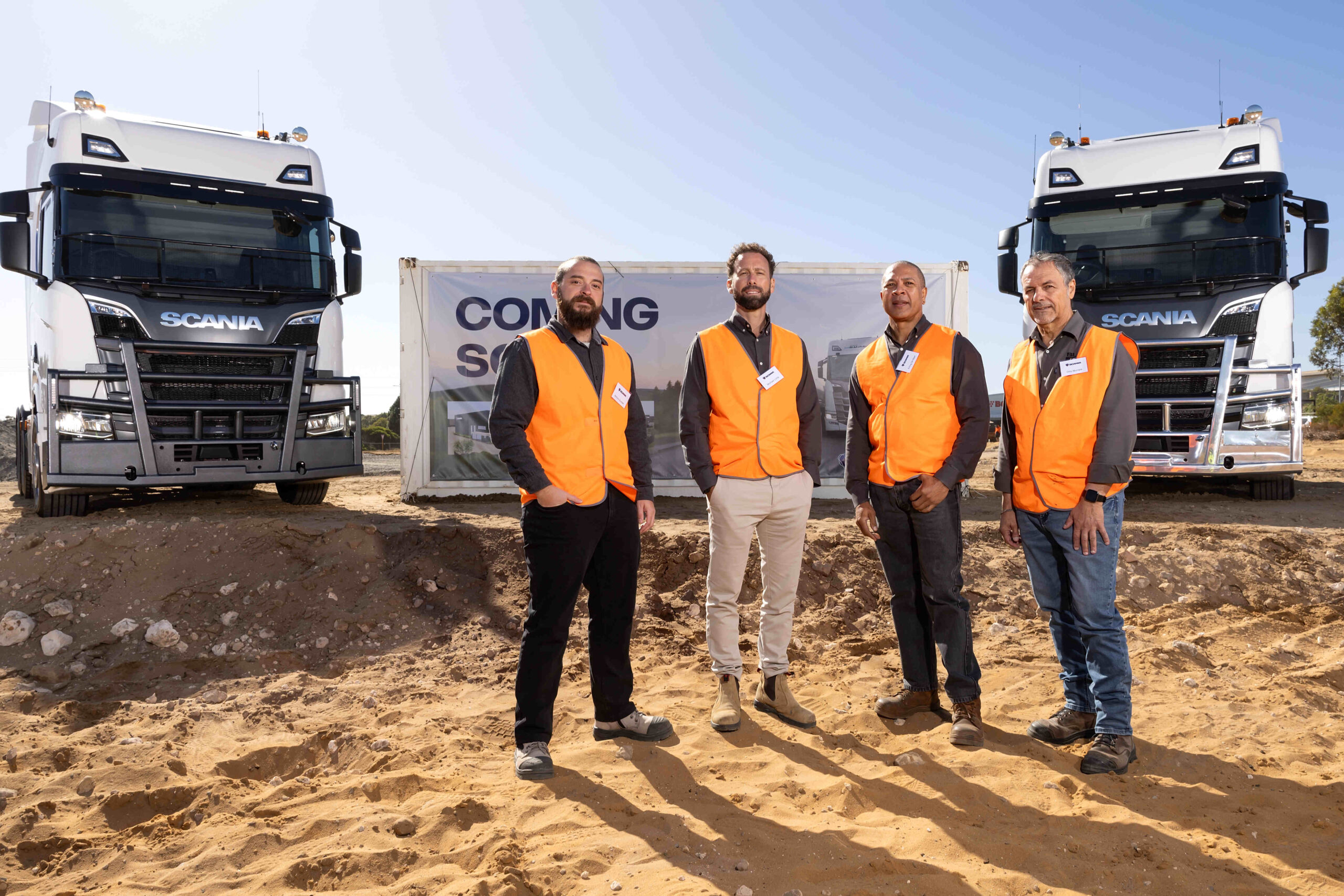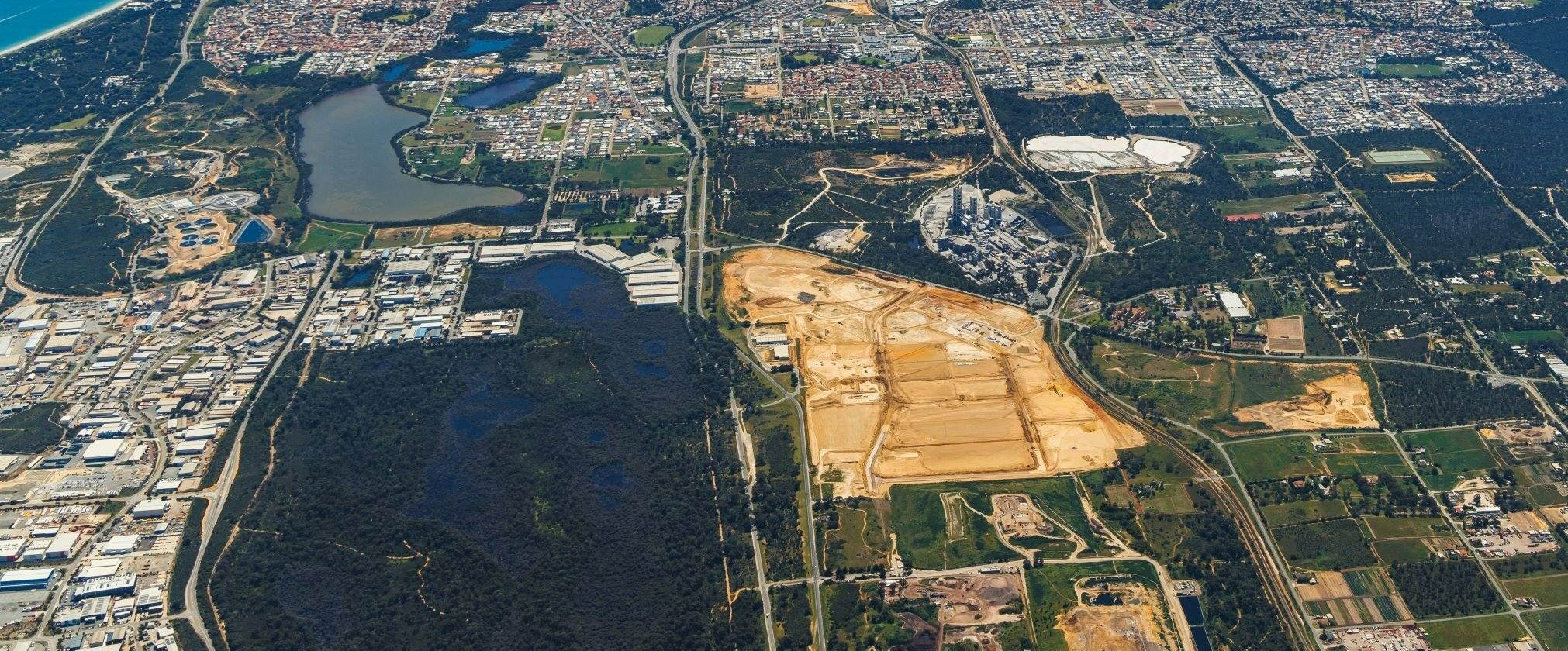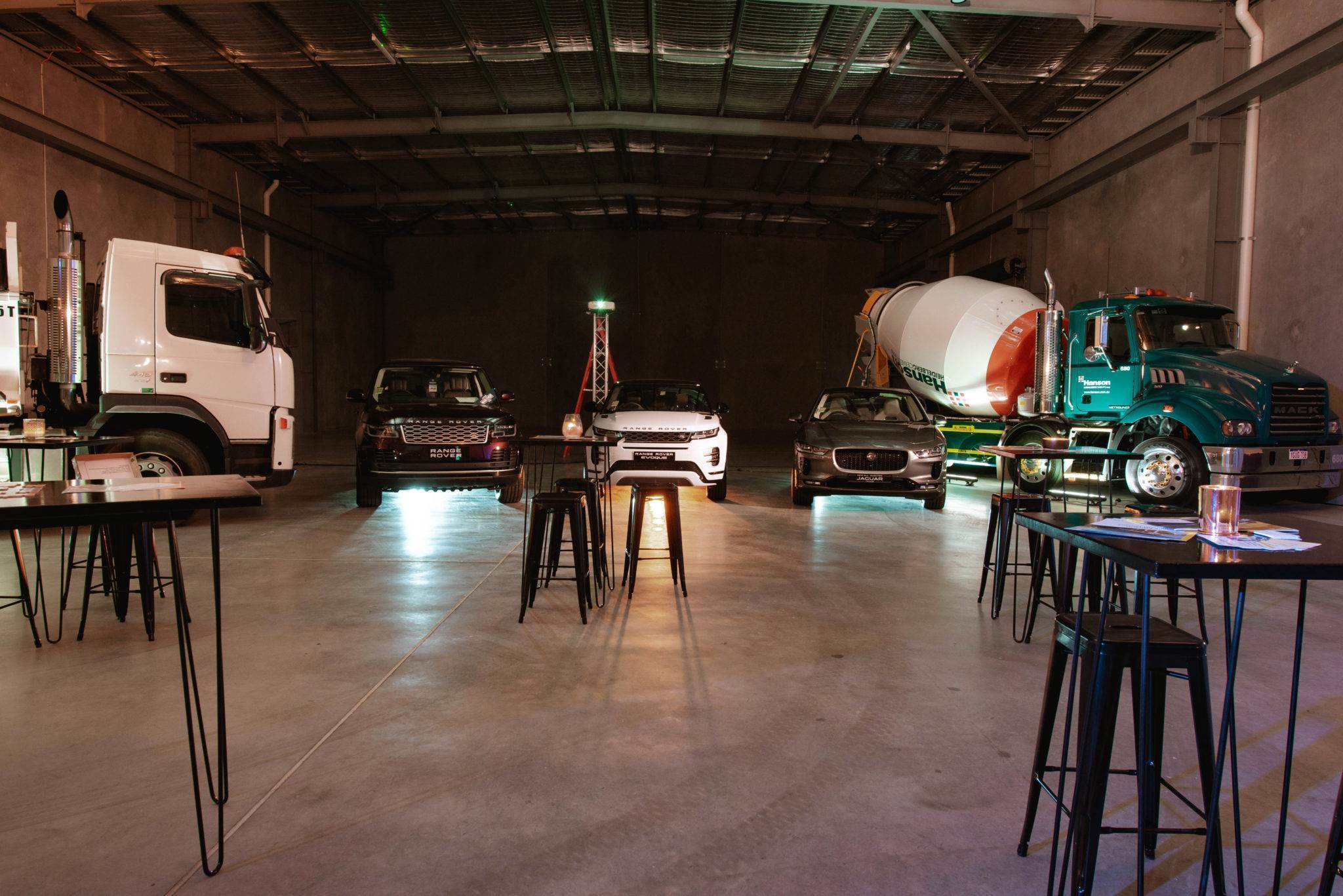The space of retail is changing as is the way a customer consumes. And despite the retail footprint shrinking, space is still necessary for many types of product-based businesses. Some businesses make sense to remain in this model, but cannot proceed without the need of a backend that supports the likes of online purchasing, returns etc. What has become evident during COVID-19 is that our supply chains were disrupted across many sectors due to the increase in its reliance.
Customer expectation has shaken up the retail industry that has not prepared for how demanding they would be and intolerant of low quality and inefficiency. What is apparent though is that spaces need to create an experience for customers to draw them in and keep them physically shopping.
As logistics are increasing their footprint due to online sales growth during COVID, we ask ourselves the question, could this be the new retail or could there be a fusion of the two?
Traditional retail is experiencing a revolution. COVID-19 has seen a largely retail brick and mortar-based Australia embrace a finger click approach to purchasing.
Australia Post noted that online shopping has increased by 80% compared to last year, which is a seismic shift that continues today despite restrictions being gradually lifted. This has become the new concern or threat for brick and mortar retailers who do not currently have on online presence.
Online stores have their own challenges in itself, but in this article we will refer to the issues retail will be faced with, what landlords can do to help and what the future holds for our beloved physical shopping experience.
Retail spaces will not die, they will diminish but the customer will expect more from the brand. Some businesses, such as furniture stores where physically it is more costly and timely to deliver and requires a customer to experience the product, make sense to remain in this model. The key word here is ‘experience’. This is what will keep the retail store alive. Retailers need to understand that shopping does not just happen when the customer buys a product, like a story, a purchase has a beginning, middle and end.
The beginning starts before the customer has entered the store. From the moment they think to make a purchase or are considering a pain point they need sorted. This is generally followed by a Google search and research. The middle involves the ‘narrowing down’, the ‘Click Through’ to website, visit to the stores and purchase. Finally, the end is the way the customer interacts with the business, or more importantly how the business interacts with them, post purchase.
Traditionally a brick and mortar store would look at only customer service in store and the sale. This is where the traditional model fails.
A holistic view to the client is essential and part of that involves an online presence or touch point, and a physical experience in store.
But are landlords aware of this shopping transformation and then assisting their tenants to help create that perfect store. One thing for sure is that landlords need to reconsider design and space to accommodate a dynamic shift in the way customers shop. Otherwise, it makes better sense to step into a warehouse lease with minimal shop front, and more storage with dispatch facilities to accommodate the online shift in consumerism.
Which then leads us to logistics. Is this, the new retail?
As we have found social distancing and the shut down of stores moving the behaviours of consumers online how would the new retail store look if they are heavily dependent on a logistics supply chain.
Warehousing is the natural alternative. But with the demand for fast delivery, is Perth really set to work with the ‘Amazonian’ model of efficiency.
This is where logistic hubs may be a solution. And could prove to help revive dying retail spaces in places like the Perth CBD.
Smaller logistic or collections points dotted throughout the metropolitan area, with a larger warehouse servicing these minor collection points.
These collection points could be an experience of their own. Complete with a collection area for pick up. An unboxing area with fitting rooms and charging stations to allow the consumer to open their parcel, try their clothes or electronic devices and ensure they are correct and in working order. A recycling station for all boxes and packaging. And a return area for product exchange or reimbursement.
All this within a collection point that is designed and fit out to improve experience, feel retail and remove the headache of larger scale logistics with smaller personal logistic experiences. A touchpoint that removes the harder aspects of customer service from the retail brand and placed it onto a 3rd party logistic collection hub, rather than a physical store.
It may seem a little far fetched but models like this are appearing in Germany and been welcomed by their improvement in logistic efficiencies and personal experience for online retail.
With the increase in industrial enquiries, a current lagging logistics system and the shear size of WA it would make sense to look at how we can revive retail by transforming the traditional brick and mortar store to a more futuristic way of shopping.




